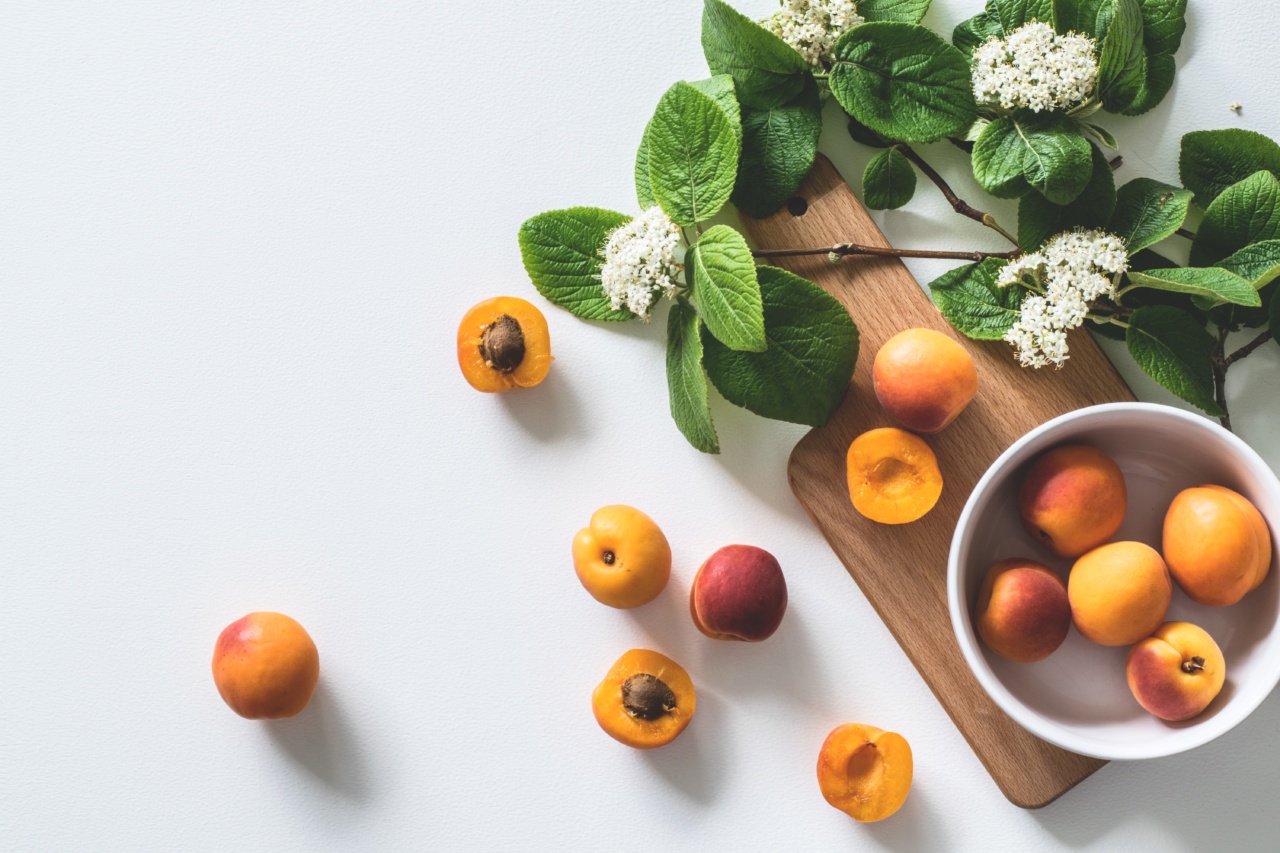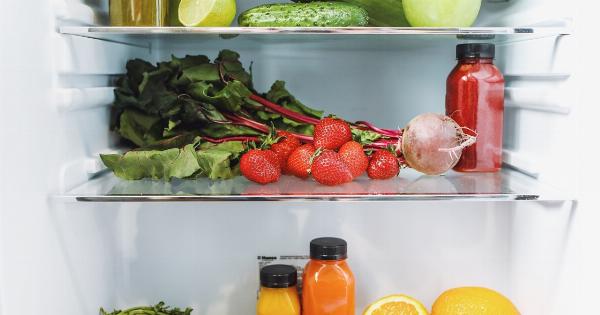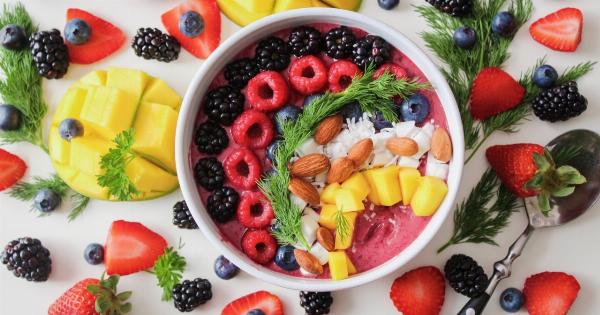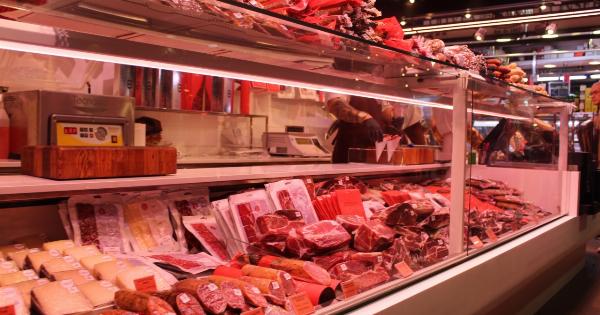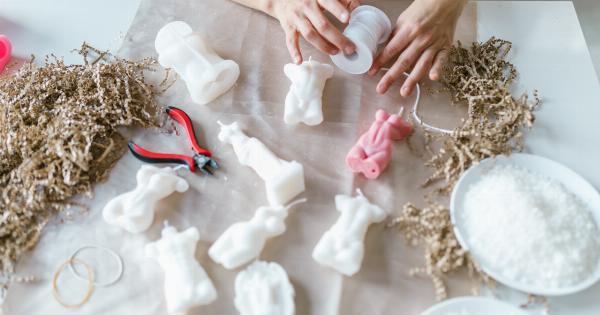Fruits and vegetables are an essential part of a healthy diet. They are packed with nutrients, vitamins, and minerals that are beneficial for our overall well-being.
However, one of the major challenges in consuming fruits and vegetables is their tendency to spoil quickly. To make the most of these nutritious foods, it is crucial to learn how to prevent spoilage. In this article, we will discuss ten effective strategies to help you avoid fruit and vegetable spoilage.
1. Store Them Properly
Proper storage is key to prevent fruits and vegetables from spoiling. Different fruits and vegetables have different storage requirements, so it’s important to familiarize yourself with their specific needs.
Some fruits and vegetables, like apples and potatoes, can be stored at room temperature, while others, like leafy greens and berries, require refrigeration. Make sure to separate ripe and unripe fruits as the former tends to release ethylene gas, which can accelerate ripening and spoilage in other produce.
2. Clean and Dry Produce
Before storing fruits and vegetables, it’s essential to clean them properly. Rinse them under running water to remove any dirt or debris.
However, avoid washing them in advance if you aren’t planning to eat them immediately, as excess moisture can promote bacterial growth and spoilage. After cleaning, make sure to pat them dry with a clean towel or use a salad spinner to remove excess water.
3. Consider Freezing
If you have a surplus of fruits or vegetables that are about to spoil, consider freezing them. Freezing is a fantastic way to preserve the nutritional value and freshness of produce.
Before freezing, blanch vegetables quickly by boiling them for a few minutes and then immediately transferring them into an ice bath to halt the cooking process. For fruits, wash, peel, and cut them into appropriate sizes before freezing. Place the fruits or vegetables in airtight containers or freezer bags, and label them with the date for easy identification.
Frozen produce can typically last for several months.
4. Use Proper Packaging
Choosing the right packaging can significantly extend the shelf life of fruits and vegetables. For leafy greens, wrapping them in paper towels can help absorb excess moisture and prevent wilting.
Storing them in breathable bags or containers will also prevent the buildup of moisture, which can lead to rotting. Additionally, perforated plastic bags can be used to store certain fruits and vegetables in the refrigerator to maintain proper humidity levels and prevent spoilage.
5. Check for Spoilage Regularly
Regularly inspect your fruits and vegetables for any signs of spoilage. Mold, soft spots, discoloration, and a foul smell are all indications of produce that has gone bad.
Remove any spoiled items immediately to prevent the growth of mold and bacteria, which can spread to other fruits and vegetables and cause further spoilage.
6. Store Fruits and Vegetables Separately
While certain fruits can release ethylene gas and promote ripening, others, like leafy greens, are highly sensitive to it. It’s essential to store fruits and vegetables that are sensitive to ethylene gas separately from those that emit it.
For example, store apples, bananas, and tomatoes away from leafy greens and other ethylene-sensitive produce. This will help prevent premature spoilage and maintain the quality of your fruits and vegetables.
7. Rotate Your Stock
If you frequently purchase fruits and vegetables, it’s important to follow the first-in, first-out (FIFO) principle. Rotate your stock by using older produce first and placing newly bought items at the back.
This ensures that you consume fruits and vegetables before they spoil, minimizing food waste. Remember to check the condition of produce before using it, as even FIFO can’t entirely prevent spoilage.
8. Utilize Preserving Methods
In addition to freezing, there are several other preserving methods that can help prevent spoilage. Canning, pickling, and dehydrating are great ways to extend the shelf life of fruits and vegetables.
Canning involves sealing produce in jars with sugar syrups, fruit juices, or brines. Pickling involves using vinegar and spices to preserve vegetables, while dehydrating involves removing the moisture from produce to inhibit bacterial growth.
These methods can enhance the longevity of fruits and vegetables while retaining their taste and texture.
9. Buy Locally and Seasonally
When it comes to fruits and vegetables, buying locally and seasonally can make a significant impact on their freshness and shelf life. Locally sourced produce has usually traveled shorter distances, reducing the time between harvest and consumption.
Seasonal produce is often picked at its peak, ensuring better flavor and nutritional value. Farmers’ markets and community-supported agriculture (CSA) programs are excellent sources for obtaining fresh, local, and seasonal fruits and vegetables.
10. Plan Your Meals
Lastly, planning your meals can help prevent fruit and vegetable spoilage. By knowing what you will be cooking and eating, you can buy only the necessary ingredients and avoid excess produce that may go to waste.
Incorporating leftovers into future meals is another way to reduce food waste and maximize the use of fresh produce.
